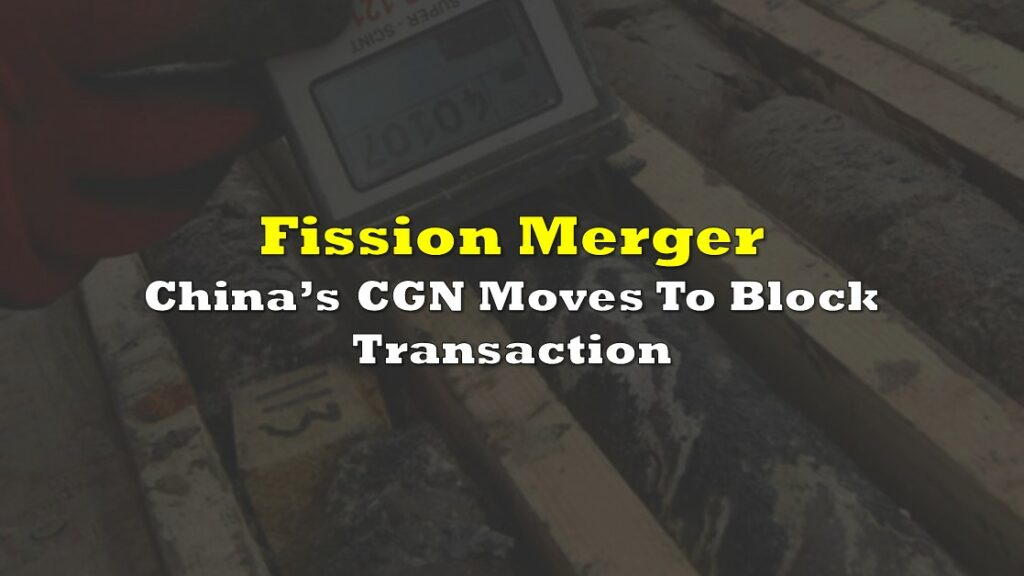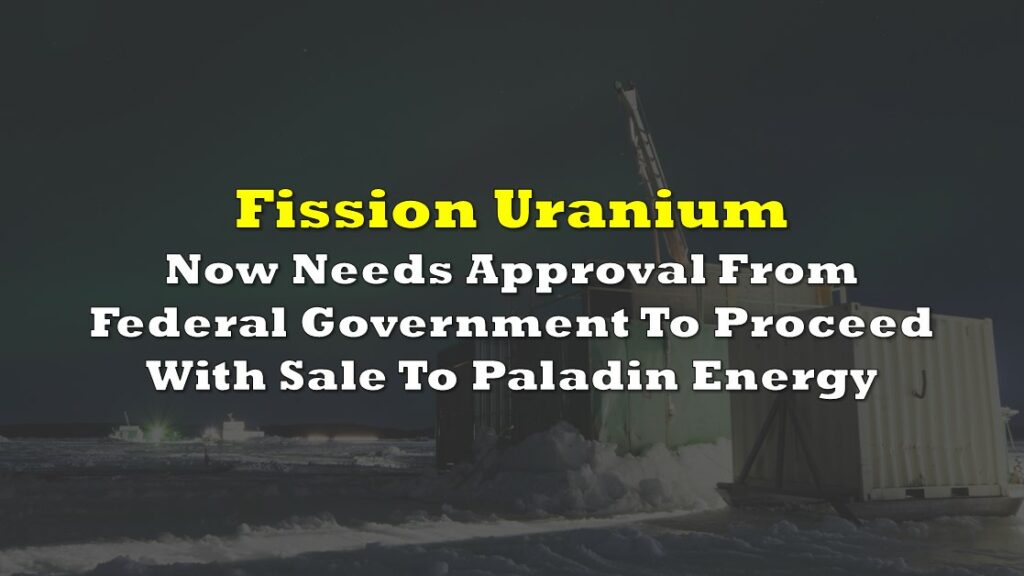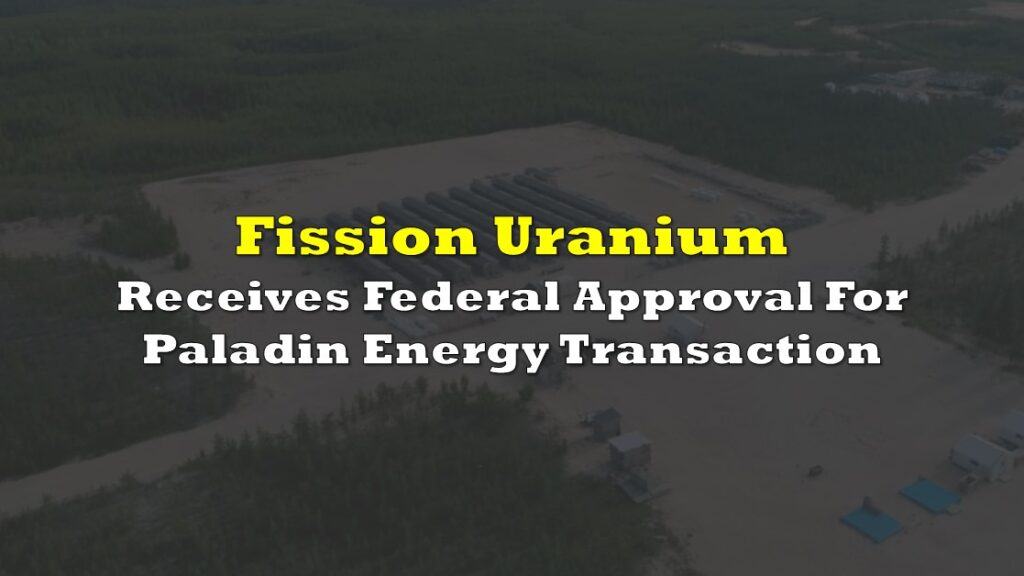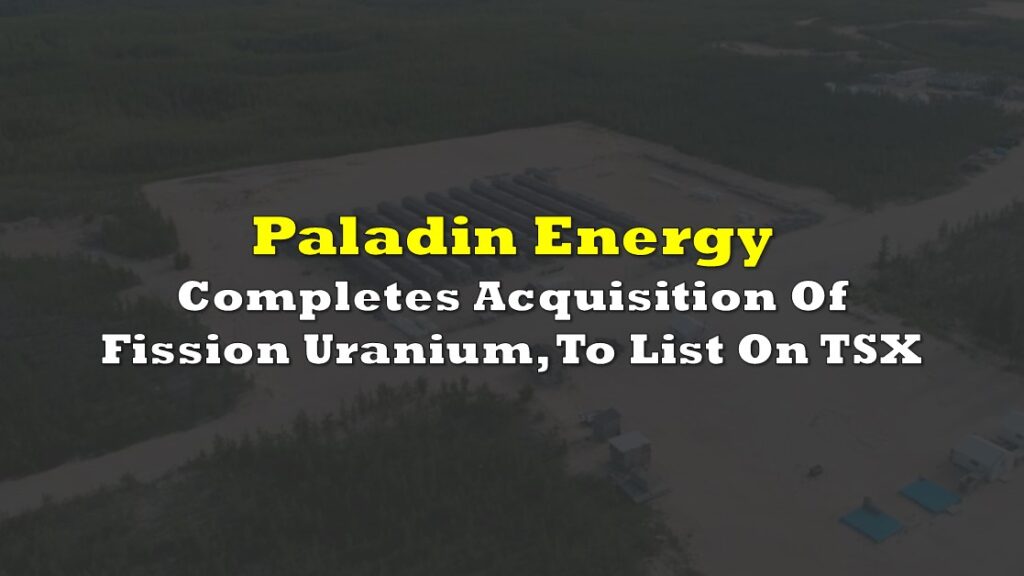The Métis Nation-Saskatchewan has issued a call to the federal and provincial governments to halt the development of the Patterson Lake South (PLS) uranium project, spearheaded by Fission Uranium Corp. (TSX: FCU). Citing deep environmental concerns and the potential disruption to Métis land use, the Nation has made it clear that the project threatens both the ecological balance of the region and the cultural heritage of the Métis people.
This appeal is rooted in a broader conflict between economic development and the preservation of Indigenous lands, a narrative that has played out in various forms across Canada and globally.
Patterson Lake, located in Northern Region 2 of Saskatchewan, is more than just a body of water for the Métis; it is a critical component of their cultural and spiritual identity. The lake is situated within Treaty 6 Territory, an area with longstanding historical ties to the Métis. For generations, the lake and its surrounding lands have been used for traditional activities such as hunting, fishing, trapping, and travel—activities that are deeply intertwined with Métis culture and survival.
In recent years, however, these activities have been increasingly threatened by industrial encroachment. The development of uranium mines, in particular, has posed a significant risk to the environment and the Métis way of life. The Nation’s concerns are not hypothetical; they are grounded in observed changes in the local ecosystem, including the loss of the Métis commercial fishery on Patterson Lake, which was once a vital source of income and sustenance for the community.
“Patterson Lake sits at the heart of our Métis Northwest Land Claim and is a critical area of Métis land use,” said Leonard Montgrand, MN-S NR2 Regional Director, in a recent statement. “Over the years, as mining activities in the area have increased, our land users have reduced their activities in the area, including the loss of the Métis commercial fishery on Patterson Lake.”
The Métis have watched with growing alarm as mining operations have intensified, fearing that the cumulative effects of these activities could lead to irreversible environmental damage. These fears have been exacerbated by the recent authorization of a massive exploration program by Fission Uranium Corp., which includes drilling up to 200 holes, 100 of which would be located directly within Patterson Lake itself.
#open_secret Métis call for halt of Patterson Lake South uranium mine project #uranium #utwits pic.twitter.com/xi9pSwoVBk
— kenny vanbillemont (@kenwaldek) August 15, 2024
Fission Uranium
The Nation’s relationship with Fission Uranium Corp. has been fraught with tension. Despite repeated attempts by the Nation to engage in dialogue and collaborate with the company, Fission has largely rejected these overtures. This has left the Métis feeling marginalized and disrespected in their efforts to protect their lands.
Five years ago, the Metis Nation approached Fission with an offer to collaborate on the PLS project. The Métis hoped that by working together, they could ensure that the project would proceed in a way that minimized environmental harm and respected Métis land use rights. However, Fission rebuffed these attempts, choosing instead to proceed with the project without fully addressing the concerns of the Métis.
“Now that Rook 1 [In reference to NexGen Energy’s nearby project] will be developed in collaboration with the Métis, we are concerned with the development of a second mine on Patterson Lake, the cumulative effects it could have, and Fission as its proponent,” Montgrand noted, highlighting the deep mistrust that has developed between the Métis and the company.
This mistrust is further fueled by the recent approval of Fission’s exploration program, which the MN-S argues was granted without adequate consultation with the Métis or consideration of the potential environmental impact. The approval allows Fission to establish 45 kilometers of trails around the lake, a move that the Metis Nation believes could further disrupt the local ecosystem and Métis land use practices.
Indigenous rights and environmental stewardship
The situation at Patterson Lake is emblematic of a larger issue facing Indigenous communities across Canada: the tension between economic development and the protection of traditional lands. Resource extraction projects, particularly those involving mining, have often been touted as opportunities for economic growth and job creation. However, these projects frequently come at a cost to the environment and the cultural heritage of Indigenous peoples.
Critics of such projects argue that the financial benefits are often overstated, with only a small portion of the community truly benefiting, while the majority bear the brunt of the environmental and social costs. This pattern has been observed not just in Canada, but globally, where Indigenous communities are often left to deal with the fallout of resource extraction long after the companies have moved on.
Kevin Bambrough, a commentator on resource development issues, highlighted this dynamic in a recent social media post, noting that “the reality is that nearly all Indigenous communities oppose mining, especially uranium mining. The only people in the community that are for it are the ones getting paid very well by the developers or the ones convinced they will get paid well by the developers.”
We’ve see this play out over and over again on every continent. No one makes much of a fuss when money is being sprinkled around and it’s just some drilling and sampling of rocks and testing and environmental studies. Most in the community sit by and let some prosper from this…
— Kevin Bambrough (@BambroughKevin) August 16, 2024
This sentiment is echoed in the Métis community’s response to the Patterson Lake South project. While the Metis Nation acknowledges the importance of economic development, they are adamant that it must not come at the expense of their rights or the environment. MN-S Vice President and Minister of Lands and Environment, Michelle LeClair, emphasized this point, stating, “The MN-S supports the development of opportunities across Saskatchewan where they do not come at the expense of Métis rightsholders.”
The Nation’s call for a halt to the Patterson Lake South project places pressure on both the federal and provincial governments to reconsider their support for the development. The MN-S is demanding that no further progress be made on the PLS uranium project until a comprehensive environmental assessment is conducted, and until there is a clearer understanding of how the project will impact the region.
Utwit is numbed down by negative price action. I smell foul play here, big time. @metisnationsask and @NexGenEnergy_ combined. 🚩🚩 pic.twitter.com/CYE02bqaYz
— Praise ꓘeK Inquisitor (@PraiseKek) August 15, 2024
Information for this briefing was found via the sources mentioned. The author has no securities or affiliations related to this organization. Not a recommendation to buy or sell. Always do additional research and consult a professional before purchasing a security. The author holds no licenses.









